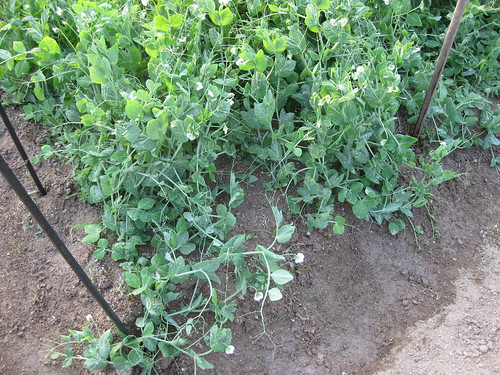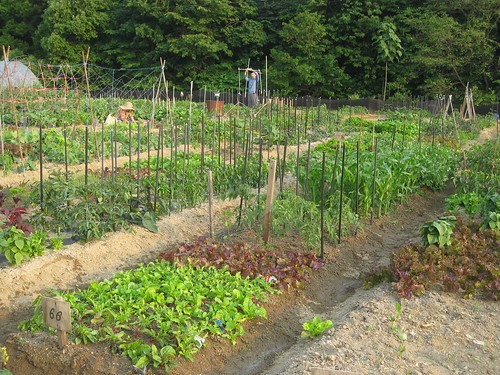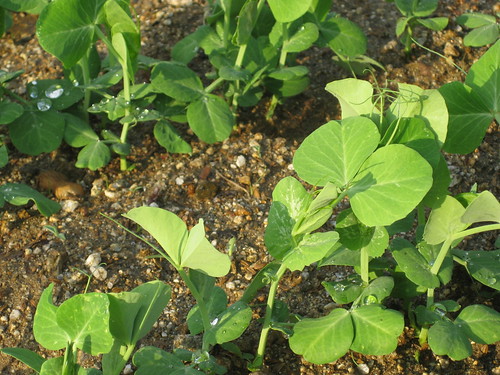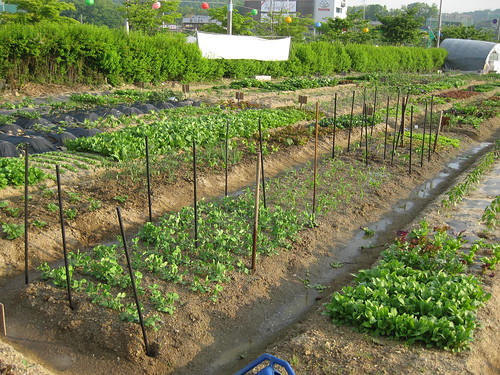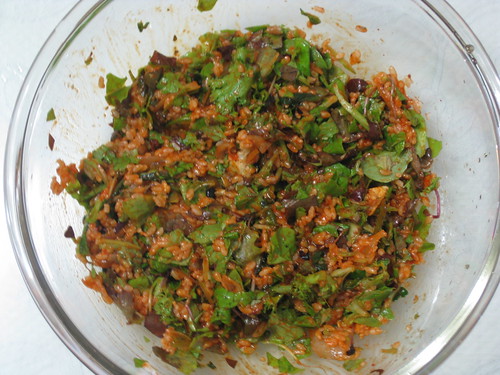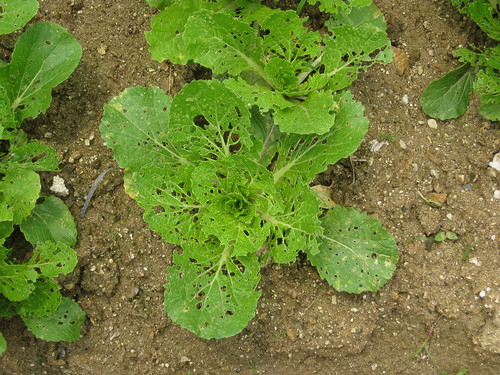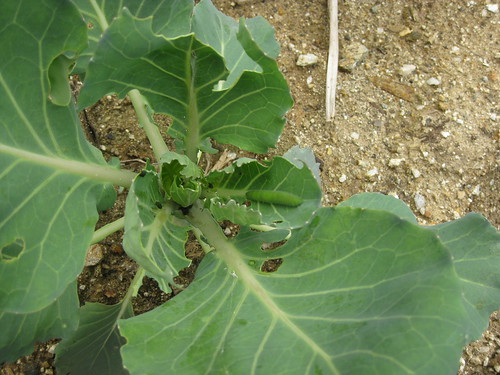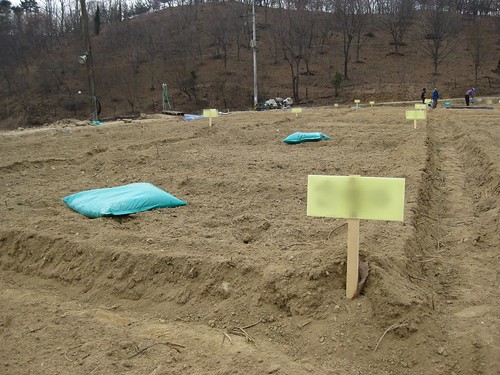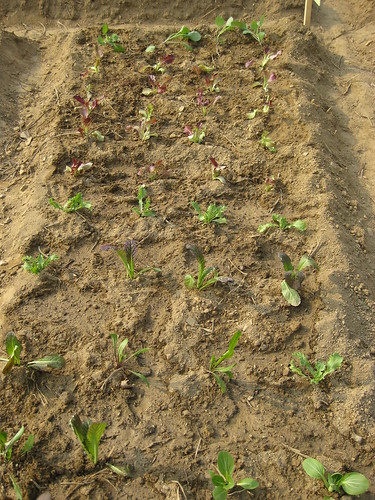Recent torrent rainfall and soaring temperature had slashed my farm block seriously. Wet ground could not sustain maize to fall down over hot pepper and tomato section. Their growth is now in stuck. Repetition of rain and sunshine led excessive growth of lettuce varieties making them inedible.
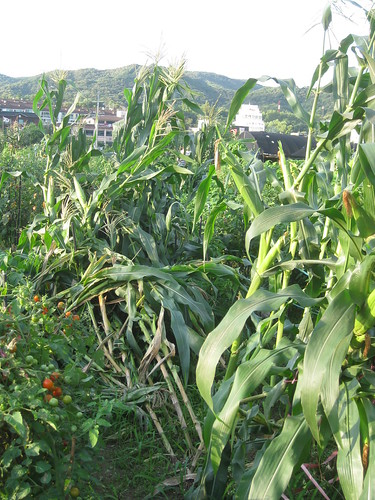
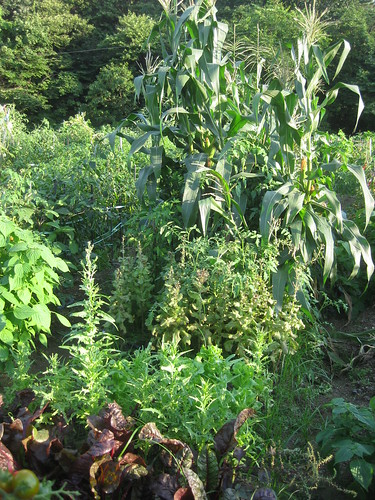
I spent last weekend in erecting maize stems, fixing sustaining poles for tomato and hot pepper, and eradicating overgrown lettuce. I could get considerable amount of maize crops while cutting off broken maize stems. Hot peppers and tomatoes seemed to need more time to get ripe. Another month will make the remaining ready for harvest by a rule of thumb.

In a month, I will be completely re-plowing my block for autumn vegetables such as cabbage, radish, and so forth. The first half of farming season is nearly at an end this moment. The yield was not so bad in comparison with that during the first half of the last year. However, last year's experience in farming did not help much toward higher yield rate, I think. Knowledge from experience is one thing and doing what I know is totally another.
Simply speaking, this circumstance came from lack of patience and diligence!
